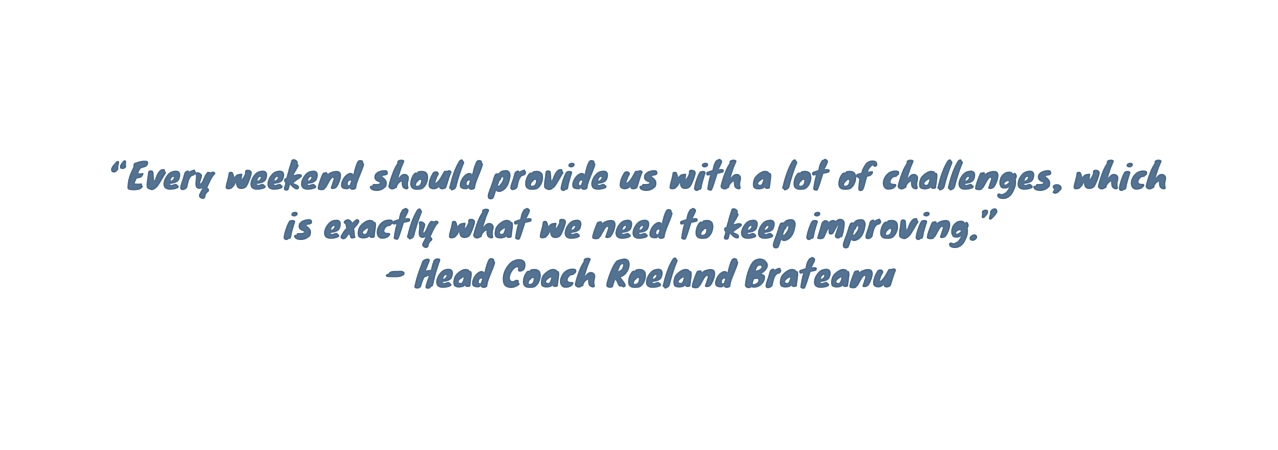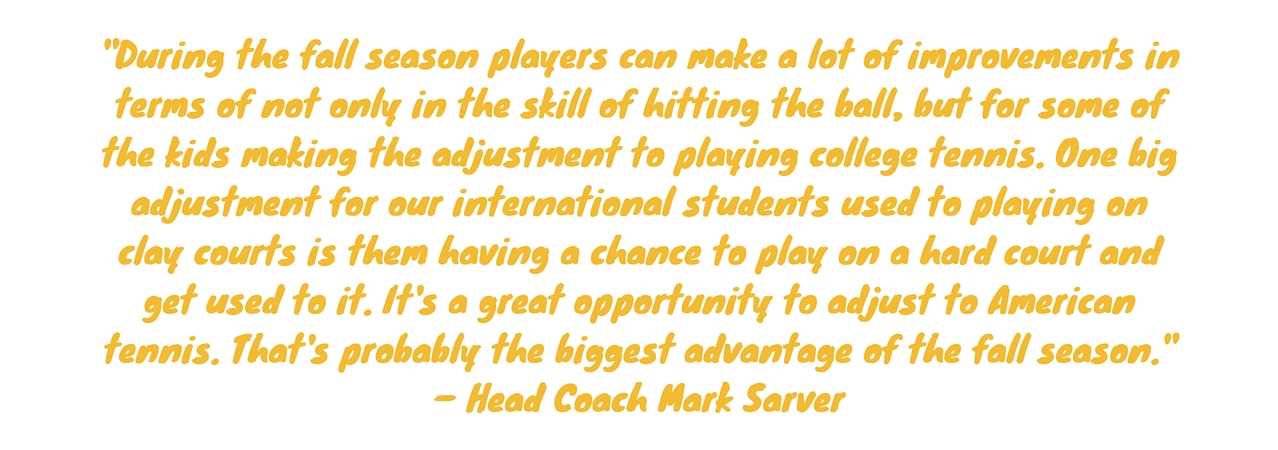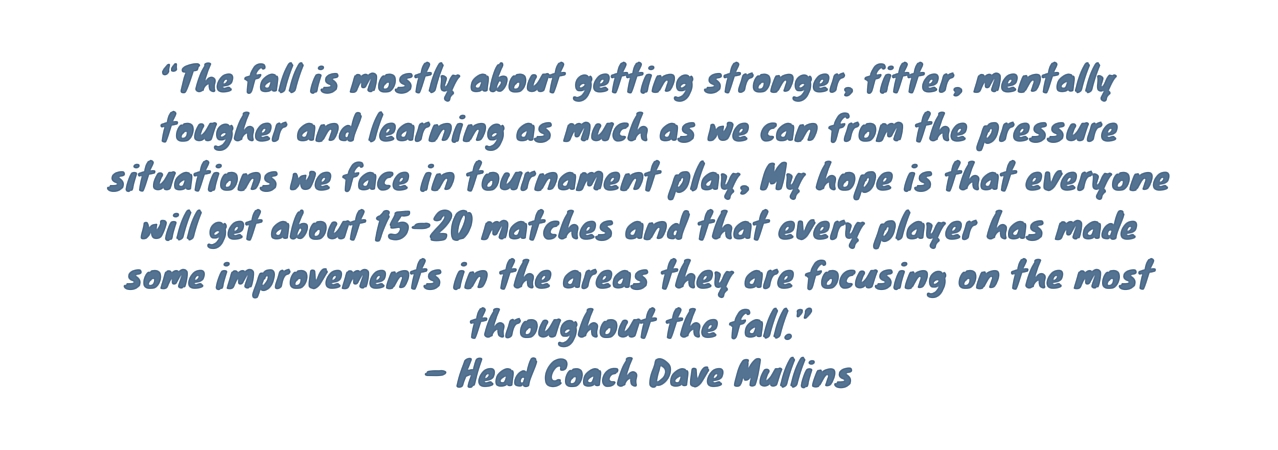College Tennis Fall Invitationals in September


(Source: University of Utah)
Before we deep-dive into our "Invitational Map", it's worth talking about the term Invitational itself. While the experts among you are probably well aware of this, newbies to college tennis and future student-athletes might find this to be entirely new information. Who organizes these events? What is meant by the term? And why are so many of the events in the fall?
- Generally speaking universities, more specifically tennis programs, host Invitationals. Few events are hosted by other organizations, but that's rather the exception than the rule. The term already reveals that such a tournament is not an open event for anyone; it's up to the host to invite participants.
- An Invitational is a tournament, which can be organized in various ways (more about that below). You'll come across other words such as "Invite", "Shootout", "Classics", "Championships", "Challenge", and "Kick Off". We'll stick to Invitational though, as it is by far the #1 term used to indicate its purpose.
- As mentioned above the spring season is the time of the year, when tennis programs tour around the region and nation in order to play dual matches against each other. By doing so teams try to improve their Win-Loss record, win their conference, and go for a higher ranking in the national rankings. It's a tight schedule with sometimes even more than 2 dual matches a week.
So the fall season is naturally the time of the year when coaches have lots of time with the players on the court and in the gym to get them ready for the demanding season. Part of that preparation is match play, and what's better than competing against other college players early on in the season?

(Source: Bluefield College)
To get a better idea of this jungle of Invitationals, Kick Offs, and Shootouts, we aggregated quite a bit of information, which is presented in the map below.
September Invitationals
There's not always a great amount of information available before the weekend matches, which makes the search for information, such as division, edition of the events, and participating teams somewhat difficult at times. Please keep in mind that the map may therefore neither list all Invitationals (especially smaller Invitationals) nor contain complete information about the events that are listed. If you come across an event that's missing, we're more than happy if you let us know!
As the title reveals, all listed events are hosted in September (plus one in the end of August). You can be assured that we'll cover the October events in another future edition of the Friday Scholarship Guide...
View Fall Invitationals - September 2015 in a full screen map
Feel free to play with the elements of the map by yourself! In a nutshell, September features 78 Fall Invitationals. Of those 78 events, 28 are for men, 36 for women, and additional 14 are coed events.
What's really great to see is the fact that non NCAA D-I divisions see a lot of competition action throughout the month as well. We're mentioning this specifically as the main focus tends to be to a large degree on the elite college tennis segment. No surprise in the first place, but college tennis for the very large majority of student-athletes is not the elite-tennis, which then goes on to turn pro.
Especially great events are those, which go beyond their division. In other words, an Invitational, which has NCAA D-I players compete alongside NAIA athletes. A prime example of this are the Southern Intercollegiate Championships, which saw a NAIA player finish the event as runner-up in the Division I draw. (Read the recap here!) "Division I"? Doesn't ring a bell yet? No worries, just read on and we'll explain how Invitational tournaments are typically set-up and organized.
Modus
When you take a look at the match recaps or draws of the tournaments, you will realize that they differ from each other in terms of structure. While some play normal knock-out draws, others try round-robin events. However, what unites all of the Invitationals is that players should get as much match experience and match time as possible:

(Source: University of Oklahoma)
You will consequently have several singles and doubles draws, which are integrated in the same tournament. Let's say there are 4 "flights" or divisions (Flight A - Division I, Flight B - Division 2, Flight C - Division 3, Flight D - Division 4); the participating schools' players are spread across the draws based on their level of play, which corresponds with their place in the line-up. On top of that, there are consolation rounds, which offer several other opportunities to gain even more match experience.

(Source: Georgia Gwinnett)
So don't be surprised if you glance through the box scores and you see more than one champion. There may be a couple of them and more pairs of happy players and pleased coaches...
For a greatly detailed coverage of the most important NCAA D-I Invitationals, we recommend you check out College Tennis Today, which offers up to date results and match reports.
You don't want to miss our piece on the upcoming October Invitationals? Excellent! Just make sure you follow us on our social media accounts on Facebook or Twitter, and you will certainly see us publishing our blog articles!